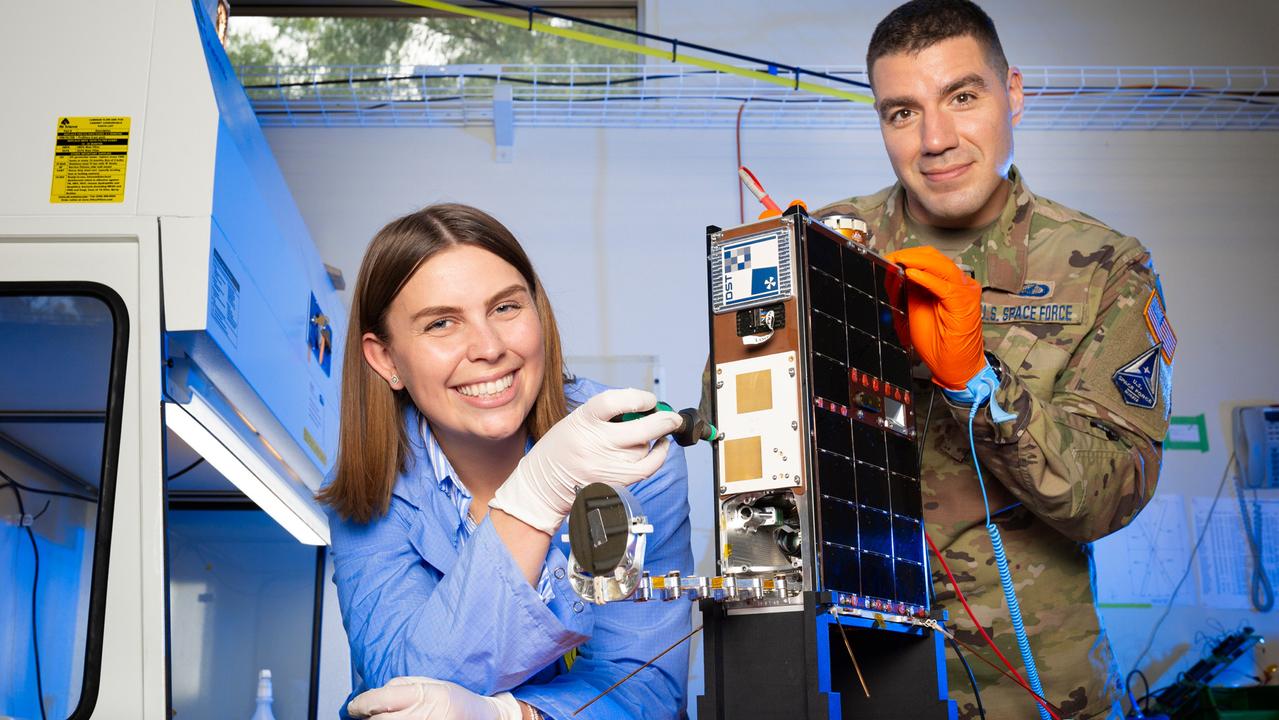Simulating with AI and digital twins for a secure and resilient future
Traditional methods of simulating and comprehending complex systems are often insufficient in the connection between human population behaviours and physical infrastructure.

The modern world faces increasingly intricate challenges to our security and resilience, encompassing sophisticated cyberattacks and vulnerabilities in our defence and critical infrastructure, as well as the escalating effects of natural disasters. Traditional methods of simulating and comprehending these complex systems are often insufficient in the face of their interconnectedness, in particular the connection between human population behaviours and physical infrastructure.
As director of the Security and Resilience Hub at RMIT University, we are working on a new paradigm of simulations, which leverages the synergistic power of Agent-Based Modelling (ABM), Large Language Models (LLMs), and digital twins to construct sophisticated simulation platforms that can enhance our national security and resilience.
Each of these technologies, while powerful, possesses limitations when applied in isolation. Agent-based modelling excels at simulating the behaviours and interactions of individual entities and communities, providing valuable insights into emergent phenomena like traffic congestion arising from individual driver decisions or bottlenecks when evacuating a building. They do, however, require accurate representations of the physical environments and often fall short in this aspect.

Large Language Models demonstrate remarkable abilities in responding to natural language queries and generating human-like text, finding applications in diverse fields from summarising intelligence reports to simulating cyberattacks. Yet, LLMs lack the capacity to independently interact with or be influenced by a physical or simulated environment.
digital twins offer detailed virtual replicas of physical assets and processes, enabling monitoring, simulation, and optimisation for infrastructure projects. For instance, they can model the impact of earthquakes on buildings. However, a significant limitation is their frequent oversight of the dynamic influence of human population movement on infrastructure systems, such as how floods might strain transportation networks or cause a surge in hospital demand.
The true potential lies in the seamless integration of these three technologies. ABMs simulate the actions and interactions of various agents, such as citizens responding to disasters or malicious actors attempting cyber intrusions. These agents possess intelligence and decision-making capabilities, enabling them to reason, plan, and utilise tools within the simulation environment.
Unlike traditional rules-based agents, LLM-powered ABMs exhibit more nuanced and context-aware behaviours due to the vast knowledge embedded in the large-scale model. Digital twins provide a detailed virtual environment, encompassing infrastructure, geographical context, and real-time data streams. LLM-powered ABMs can populate and interact with these digital twins, simulating complex scenarios where human behaviour impacts and is impacted by the infrastructure and environment. For example, if a power grid fails during a disaster, traffic lights and transport networks grind to a halt, causing chaotic human population evacuations that strain the remaining infrastructure and lead to further disruptions. This detailed simulation that connects infrastructure and environments with human behaviours, offers a more comprehensive understanding of potential risks and vulnerabilities compared to current methods.
We currently actively seek collaboration with partners from both government and private industries that could contribute and benefit from our innovative technologies.
-
Professor John Thangarajah is director of the Security and Resilience Hub at RMIT


